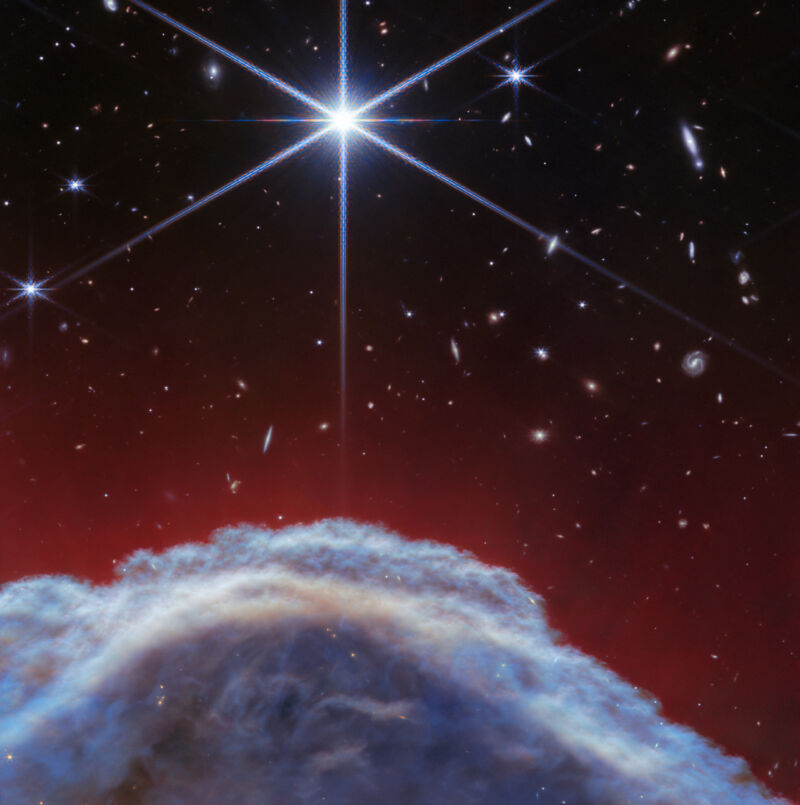Daily Telescope: The Horsehead Nebula as we’ve never seen it before
Ars Technica » Scientific Method 2024-05-01

Enlarge / The James Webb Space Telescope has captured the sharpest infrared images to date of one of the most distinctive objects in our skies, the Horsehead Nebula. (credit: ESA/Webb, NASA, CSA, K. Misselt (University of Arizona) and A. Abergel (IAS/University Paris-Saclay, CNRS))
Welcome to the Daily Telescope. There is a little too much darkness in this world and not enough light, a little too much pseudoscience and not enough science. We'll let other publications offer you a daily horoscope. At Ars Technica, we're going to take a different route, finding inspiration from very real images of a universe that is filled with stars and wonder.
Good morning. It's May 1, and today's photo is ridiculously awesome. Taken by the James Webb Space Telescope, it features the sharpest infrared image of the Horsehead Nebula captured to date—it is so zoomed in we can only see the mane. Even so, the image covers an area that is nearly one light-year across, or about 7.6 trillion km.
The Horsehead Nebula is fairly close to Earth, as these things go, about 1,300 light-years. So, it is within our galaxy. In addition to the prominent star at the top of the image and a handful of other stars with six diffraction spikes, the rest of the objects in this image are distant galaxies.